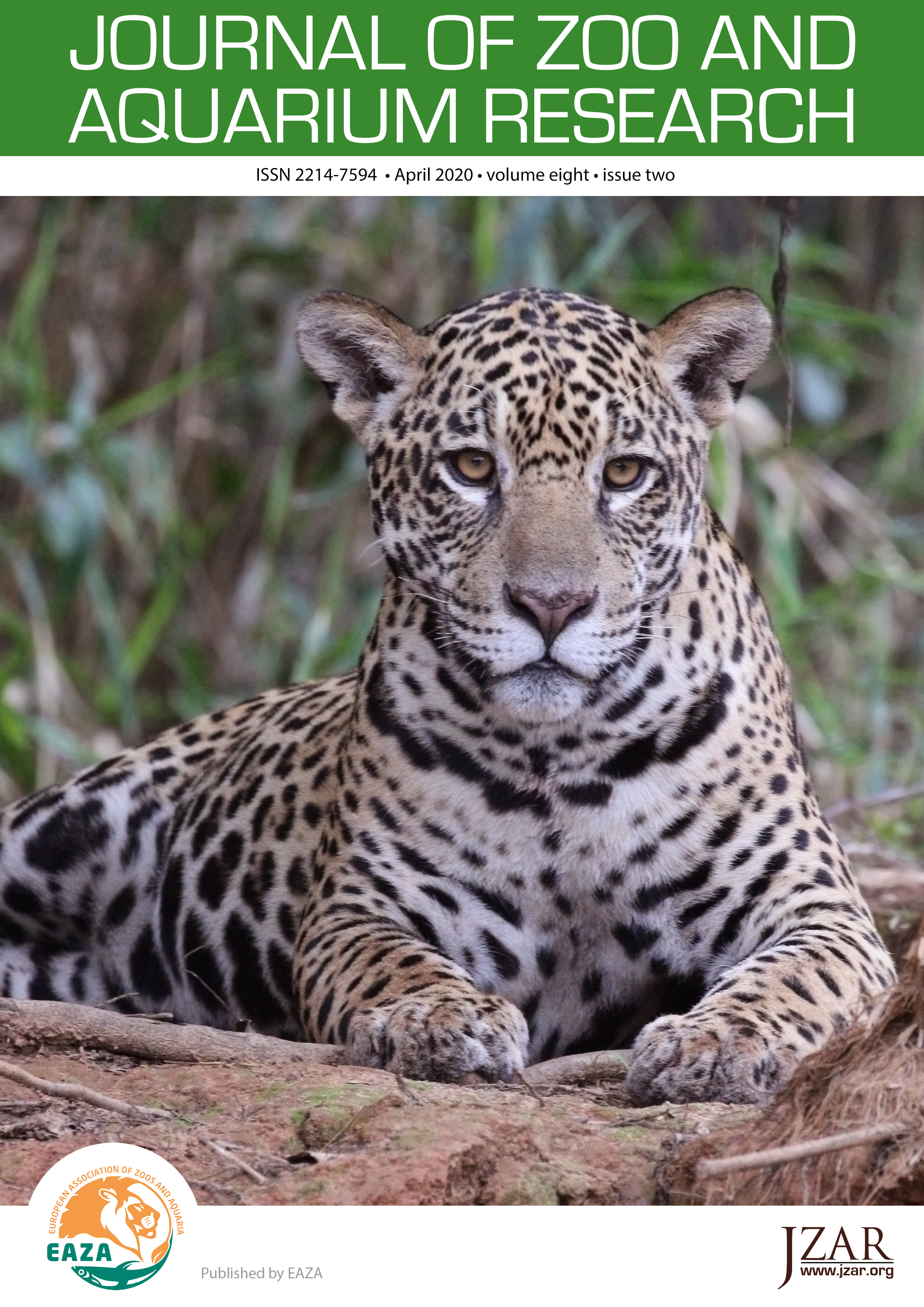Animals are designed for breeding: captive population management needs a new perspective
DOI:
https://doi.org/10.19227/jzar.v8i2.477Keywords:
population management, sustainability, management paradigm, life history theory, individuals, reproduction, adaptations, integrated managementAbstract
The article deals with the sustainability and breeding problems as reported from many captive populations of birds and mammals. The problems are considered under the perspective of basic management paradigms: the “small population” and the “declining population paradigm”. It is elaborated that under the latter, better options to support the long-term survival of populations can be developed by analysing the reasons for the decline and by emphasising the role of the individuals and their breeding performance. The development of a population and the breeding performance are strongly interrelated. It is therefore proposed to manage a population predominantly as a “breeding device” and the individuals as its constituents that are “designed for breeding”. Following life history theory, individuals have to be regarded as phenotypes. Regarding them as the units of management with all their fitness related properties allows the establishment of an integrated management approach that covers their various levels (genotype, ethotype (physiology, behaviour) etc.) on the same level of importance. The organisation of management is proposed to be oriented on the species’ key traits – primary determinants of fitness in a given condition and the species’ typical design for breeding. With reference to the altered conditions of captivity, the preservation of the breeding potential in a population is emphasised. It would require coming close to patterns of reproduction and corresponding life history patterns in natural populations. Larger population sizes would be necessary, thus also producing surplus problems that need to be dealt with. Genetic management should be part of the integrated management approach, follow natural population dynamics and concentrate on the breeding units.
Downloads
Published
How to Cite
Issue
Section
License
JZAR fulfils the DOAJ definition of open access and provides free and open access to the full text of all content without delay under a Creative Commons licence. The copyright holder of JZAR publications grants usage rights to third parties, allowing for immediate free access to the work and permitting any user to read, download, copy, distribute, print, search, or link to the full texts of articles.







